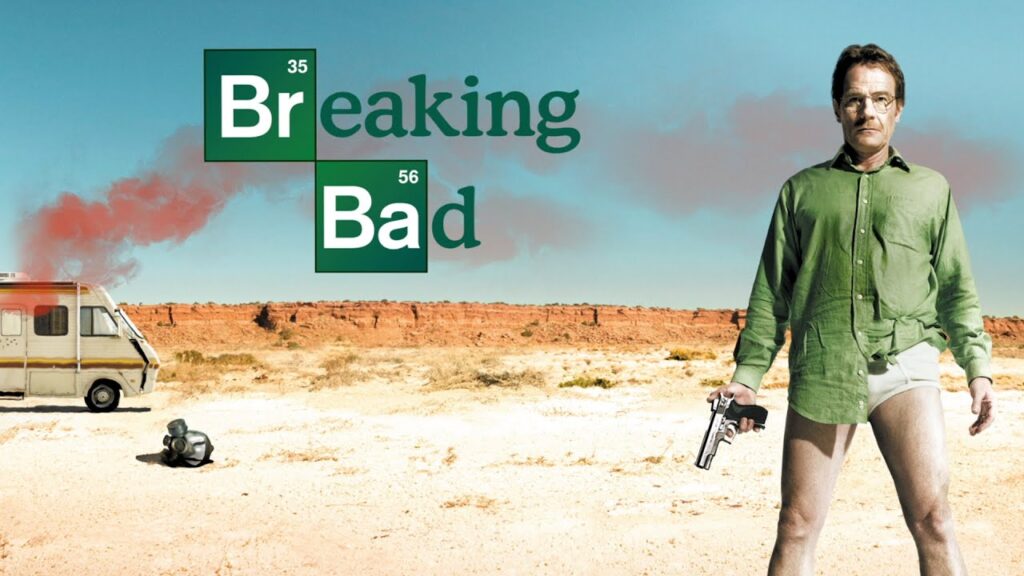
Introduction:
Breaking Bad, the iconic TV series created by Vince Gilligan, is a masterpiece of modern television, weaving intricate plotlines, complex characters, and moral dilemmas into a gripping narrative. Season 1 serves as the genesis of this epic journey, introducing us to the transformation of Walter White from a mild-mannered chemistry teacher to a ruthless drug lord. In this exploration, we’ll dissect the key elements that make Season 1 a riveting start to Walter White’s descent into darkness.
The Birth of Heisenberg:
At the heart of Breaking Bad is the character arc of Walter White, brilliantly portrayed by Bryan Cranston. Season 1 lays the groundwork for his transformation, starting with the bombshell revelation of his terminal cancer diagnosis. Faced with financial ruin and the prospect of leaving his family with nothing, Walter’s decision to enter the world of methamphetamine production alongside former student Jesse Pinkman is the catalyst for his evolution into the notorious drug kingpin known as Heisenberg.
Jesse Pinkman: The Reluctant Partner:
Jesse Pinkman, played with raw intensity by Aaron Paul, serves as Walter’s unlikely accomplice in his illicit enterprise. Unlike the calculated and methodical Walter, Jesse is impulsive and emotionally driven, often landing them in precarious situations. Their tumultuous partnership forms the backbone of Season 1, as they navigate the dangerous underworld of drug manufacturing while grappling with their own moral compasses.
Skyler White: The Unwitting Wife:
As Walter’s wife, Skyler White, portrayed by Anna Gunn, finds herself thrust into a world of deception and crime that she could never have imagined. Initially oblivious to her husband’s secret life, Skyler’s gradual discovery of Walter’s activities adds another layer of tension to the narrative. Her conflicted emotions, ranging from suspicion to betrayal, highlight the human cost of Walter’s choices and the collateral damage inflicted upon his loved ones.
Morality in Shades of Gray:
Breaking Bad masterfully blurs the lines between right and wrong, challenging viewers to confront their own ethical beliefs. Walter’s descent into criminality is not portrayed as a black-and-white transformation but rather as a series of morally ambiguous decisions driven by desperation and the desire for control. Each character grapples with their own morality, from Hank Schrader’s unwavering pursuit of justice to Saul Goodman’s pragmatic amorality.
Visual Storytelling and Symbolism:
One of Breaking Bad’s greatest strengths lies in its visual storytelling and symbolism, with each scene meticulously crafted to convey deeper meaning. From the iconic image of Walter in his yellow hazmat suit to the stark desert landscapes of Albuquerque, every frame serves to immerse the audience in the world of Breaking Bad. Symbolism abounds, from the periodic table motifs to the use of color to denote character evolution.
The Power of Consequences:
Season 1 of Breaking Bad is a testament to the power of consequences, as every action taken by Walter and Jesse sets off a chain reaction of events with far-reaching implications. From their first cook in the RV to the explosive finale, each episode escalates the stakes and tightens the noose around their necks. The consequences of their choices reverberate throughout the series, shaping the course of their lives and the lives of those around them.
Conclusion:
Breaking Bad Season 1 is a tour de force of storytelling, character development, and thematic depth. Through its gripping narrative and complex characters, it explores the moral complexities of human nature and the consequences of our actions. As Walter White’s journey from Mr. Chips to Scarface unfolds, we are drawn into a world of suspense, intrigue, and moral ambiguity that will leave an indelible mark on television history.




